Faraday Future FF 91 Preview

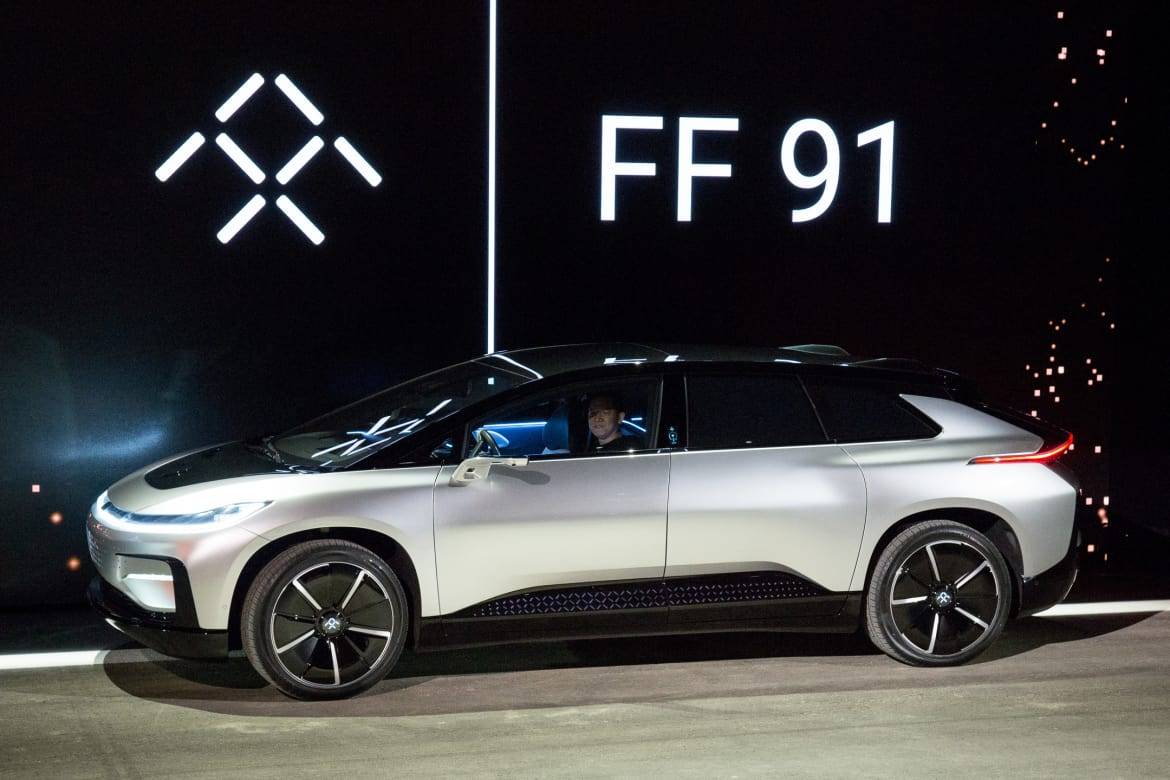
CARS.COM
Competes with: Tesla Model X, Bentley Bentayga
Looks like: An SUV stretched out so far, it seems more wagon-like
Drivetrain: 1,050-horsepower, multiple electric-motor all-wheel-drive system; 130 kilowatt-hour battery
Hits dealerships: 2018
Starting price: TBA
As promised, Faraday Future unveiled its first production vehicle at the 2017 Consumer Electronics Show in Las Vegas, the FF 91 (pronounced “nine-one,” not “ninety-one”). And while the fledgling electric vehicle company offered many details about the FF 91, questions still remain.
Related: Faraday Future Teases Electric SUV
The FF91 is an extremely ambitious first attempt at a vehicle for Faraday Future. It’s filled to the brim with new technology, has a sleek exterior design and offers incredible performance from its electric powertrain.
Let’s go over the most important details, inside and out.
Exterior
The FF 91 is a pretty large vehicle, with a 126-inch wheelbase and 206.7 inches in total length. That makes it slightly longer than a Mercedes-Benz S-Class.
The exterior styling not only looks sleek, but it is functionally slippery as well, as the FF 91 has a coefficient of drag of just 0.25, right around the 2017 Toyota Prius at 0.24. Faraday engineers said that each point they were able to shave off of the drag coefficient meant an additional 12 miles of electric range, making it a priority for designers. Even the 22-inch wheels can change shape to make them more aerodynamic.
Unique to the FF 91 is that you don’t need a key (or fob) to operate it. When you approach the vehicle, it will identify you using Bluetooth and facial recognition to load your “FFID,” a driver profile which stores all of your preferences. A small screen in the B-pillar says your name and welcomes you to the car.
There are cameras and sensors all over the FF 91. The most prominent one is the lidar unit that rises out of the hood and has a ring on top of it that illuminates when active. Cameras replace the side mirrors as well.
Interior
The interior of the FF 91 wasn’t open, but Faraday Future said it plans to offer more details on the cabin of the FF 91 at a later time.
From glancing inside during the presentation, it appears to be quite roomy. All of that length means that passengers in each row have plenty of room to stretch out and the rear seats can recline 60 degrees, an impressive amount.
Similar to the screen on the B-pillar that welcomes you to the vehicle, the interior screens will also welcome you and load up your settings, music and apps based on your FFID.
Faraday also claimed that the FF 91 will be the most connected car on the road; to facilitate that, it will offer Wi-Fi capability via multiple Cat 6 LTE modems to ensure a stable internet connection.
Under the Hood
The drivetrain details are extremely impressive. It has 1,050 hp, all-wheel drive powered by two electric motors and a large, 130-kWh battery pack. This giant battery pack has enough juice to give the FF 91 a range of greater than 378 miles, Faraday said. That figure exceeds even the most expensive versions of Tesla’s Model S, which tops out at an estimated 337 miles.
That big battery pack isn’t just good for range though – the FF 91 can really scoot, Faraday Future said. The zero-to-60 mph from a standstill takes only 2.39 seconds, which means that it would be faster than the P100D versions of both the Tesla Model S and Model X, even with Ludicrous Speed added on.
The FF 91 will come with a 240-volt home charger included and it is has 200-kilowatt DC Fast Charge capability, with wireless charging reportedly coming at a later date.
Safety
The FF 91 offers what Faraday called the “most comprehensive sensor system in a production car.” There are 10 front and rear-facing cameras, 13 long and short-range radars, 12 high-performance ultrasonic sensors, and the 3-D lidar unit that pops out of the hood. These will allow for autonomous driving down the road.
One of the most impressive safety and autonomous features that was demonstrated was the Driverless Valet parking system, which is run through the FFCTRL app on a smartphone. When you arrive at a destination and don’t want to park your car, simply exit and activate the smart valet through the app, and the car will part itself. One of the Faraday Future engineers at the CES event demonstrated this system: The FF 91 navigated down a full row of cars and up another one until it found an empty space, then backed into it. The app can then be used to summon your car when you’re ready to leave.
However, when another FF 91 was driven on stage and was directed to move to a different part of the stage using the same Driverless Valet function, it refused to move. Much awkwardness ensued.
That was sort of the theme for the evening. Faraday’s first stab at a production car is extremely ambitious, but it’s walking a fine line. If the automaker is able to execute on what was promised, the potential implications could be far-reaching, but its technology has to work – and work consistently.
Pricing information is not yet available for the FF 91, but shoppers who are interested can put down a refundable $5,000 deposit for a spot in line to get the first crack at the FF 91 when production and deliveries are scheduled to start in 2018.
Faraday Future also announced that it plans to offer an exclusive launch series, the Alliance Edition. The first 300 orders can upgrade to this version starting in March 2017, with a portion of proceeds from the sale going to an environmental protection fund.
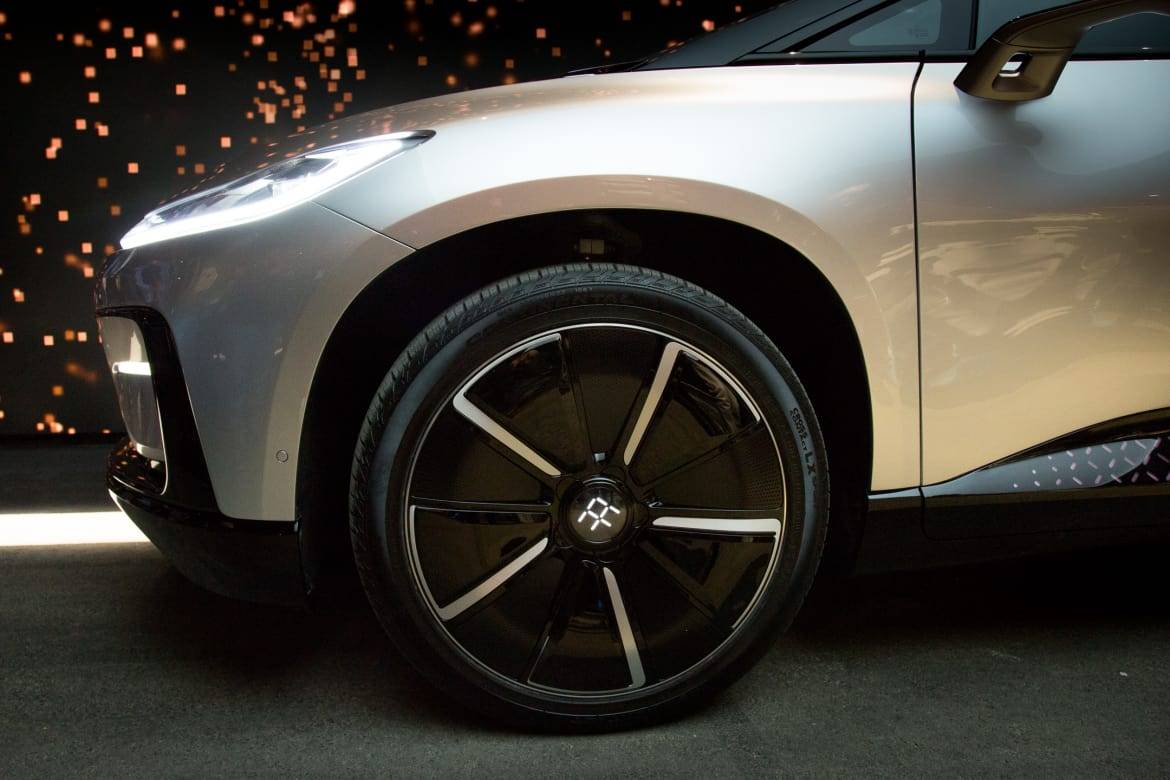
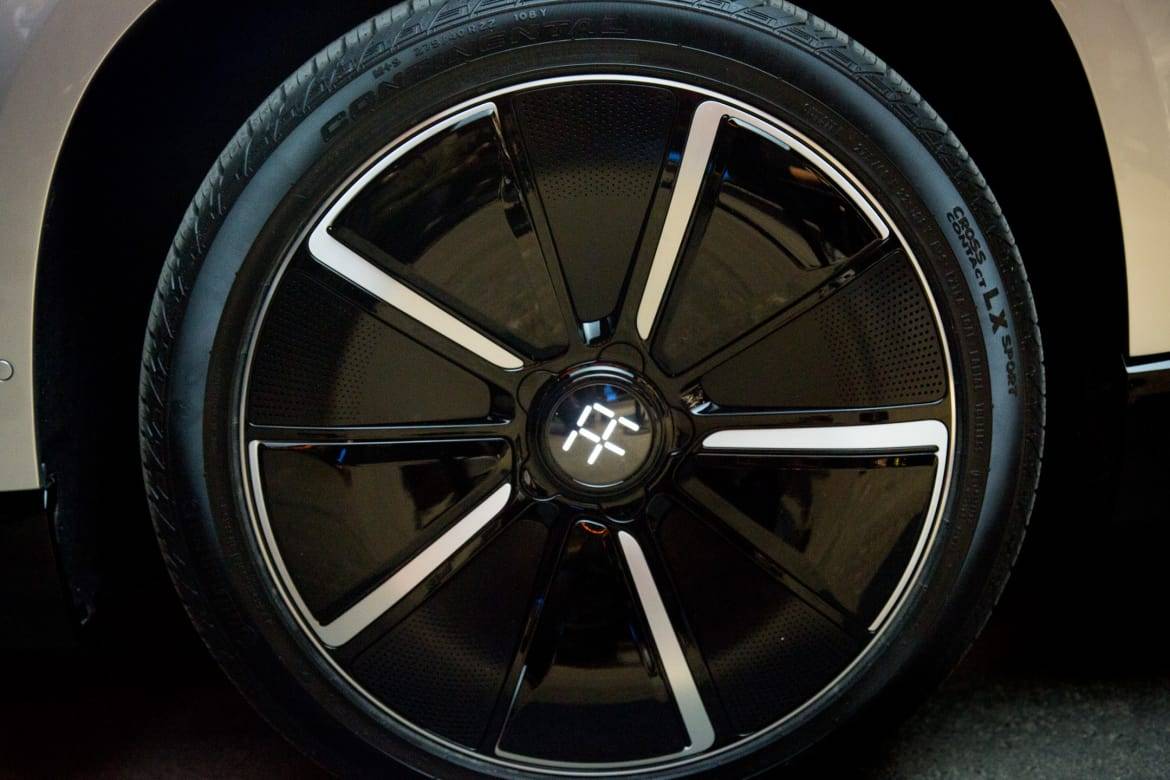
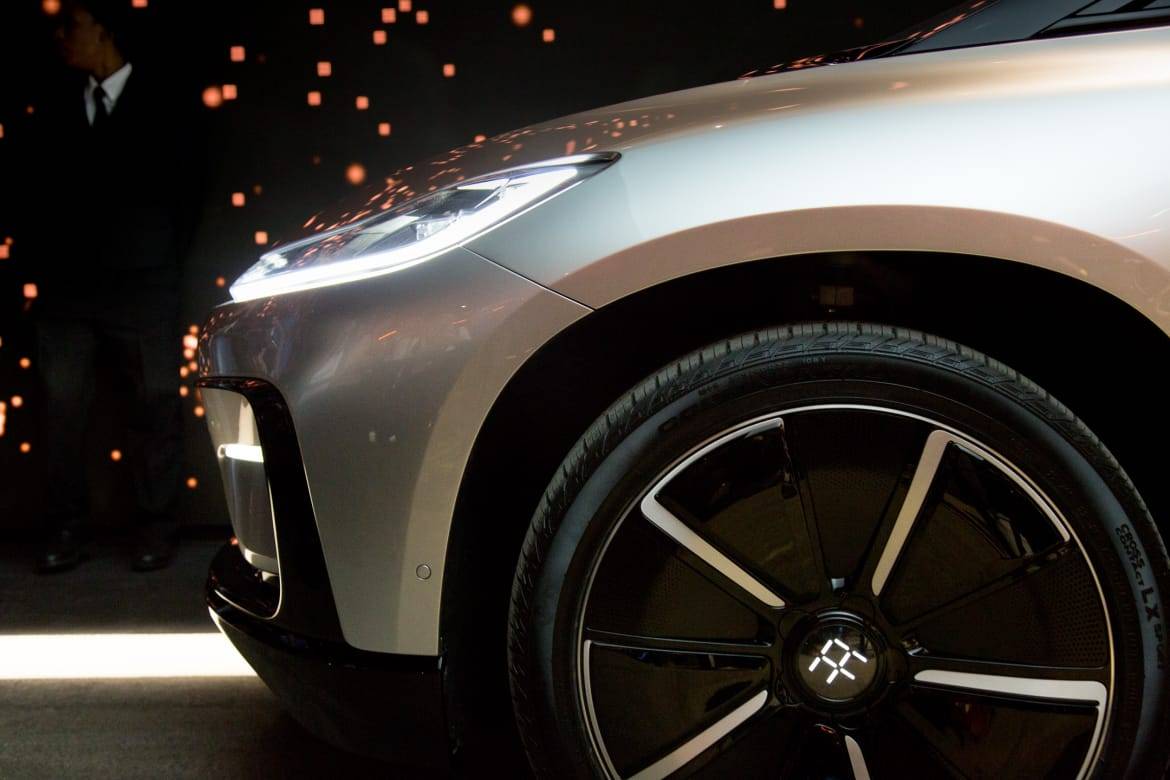
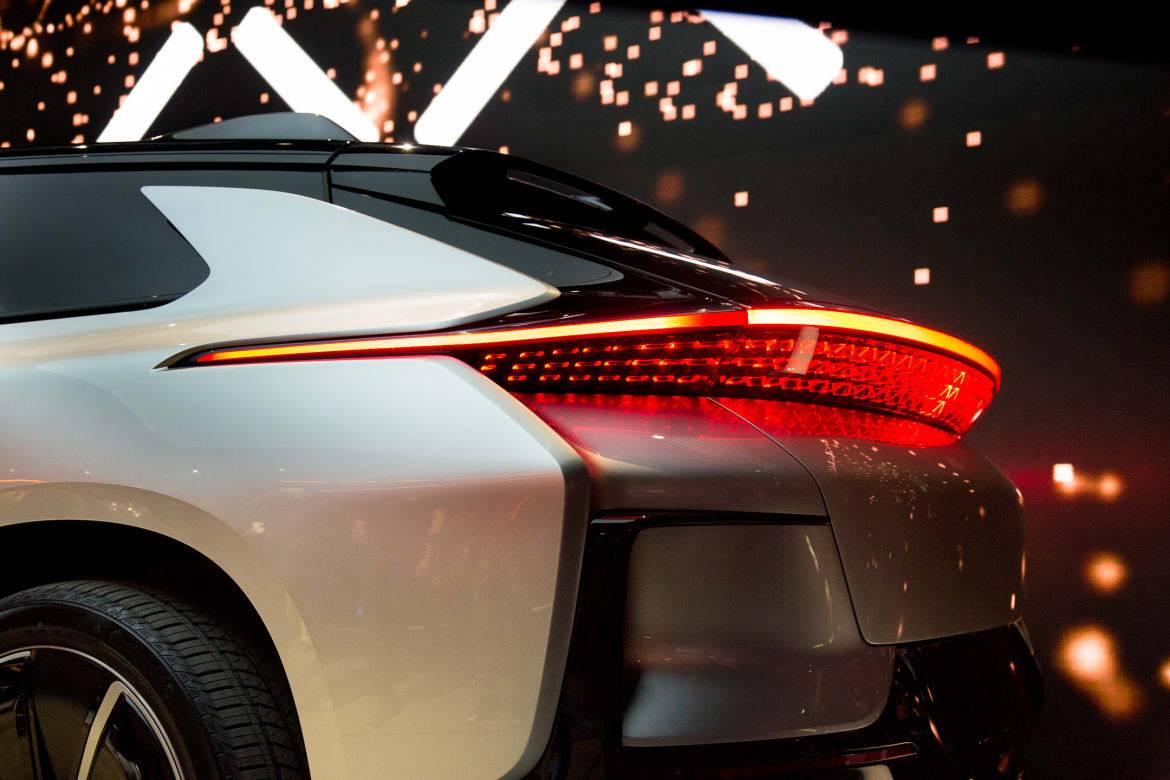
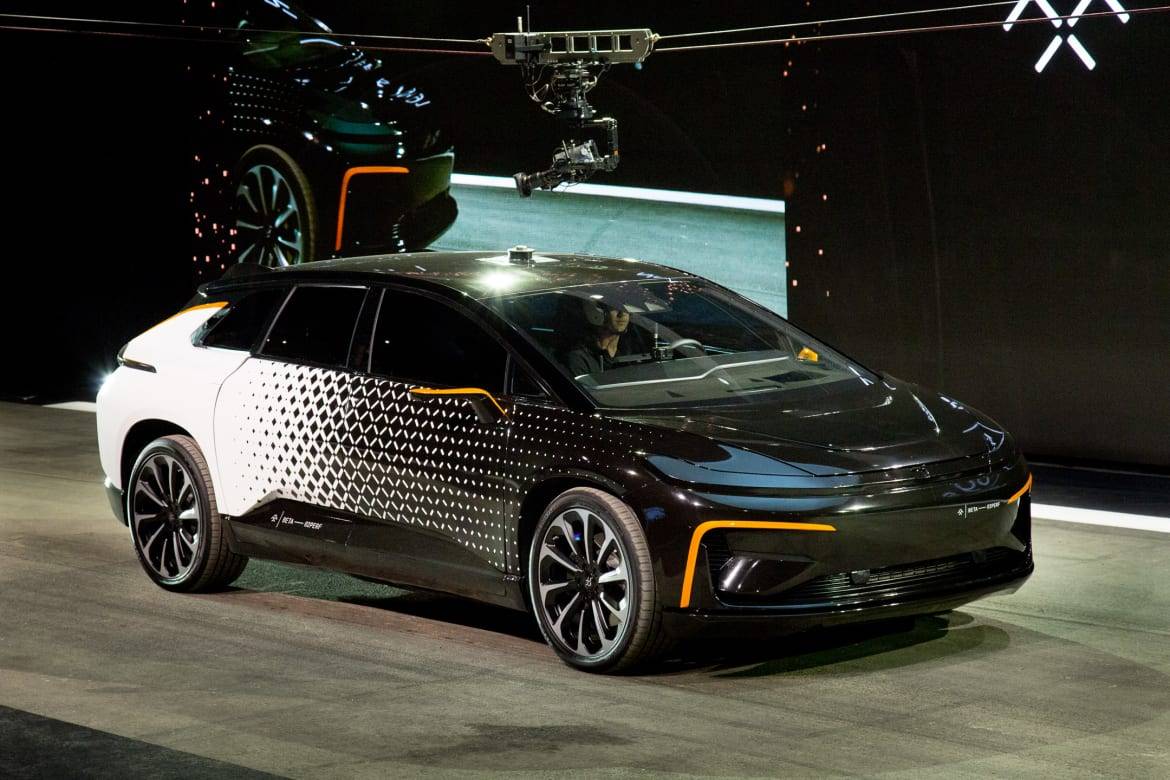
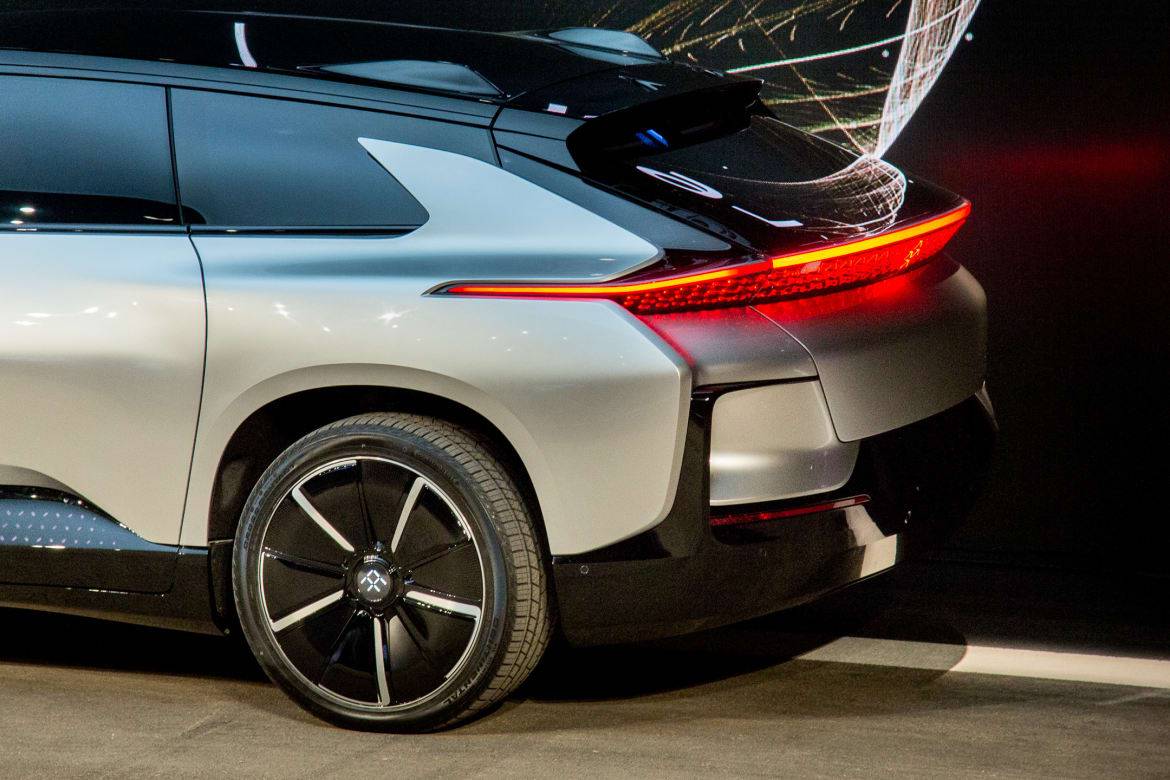
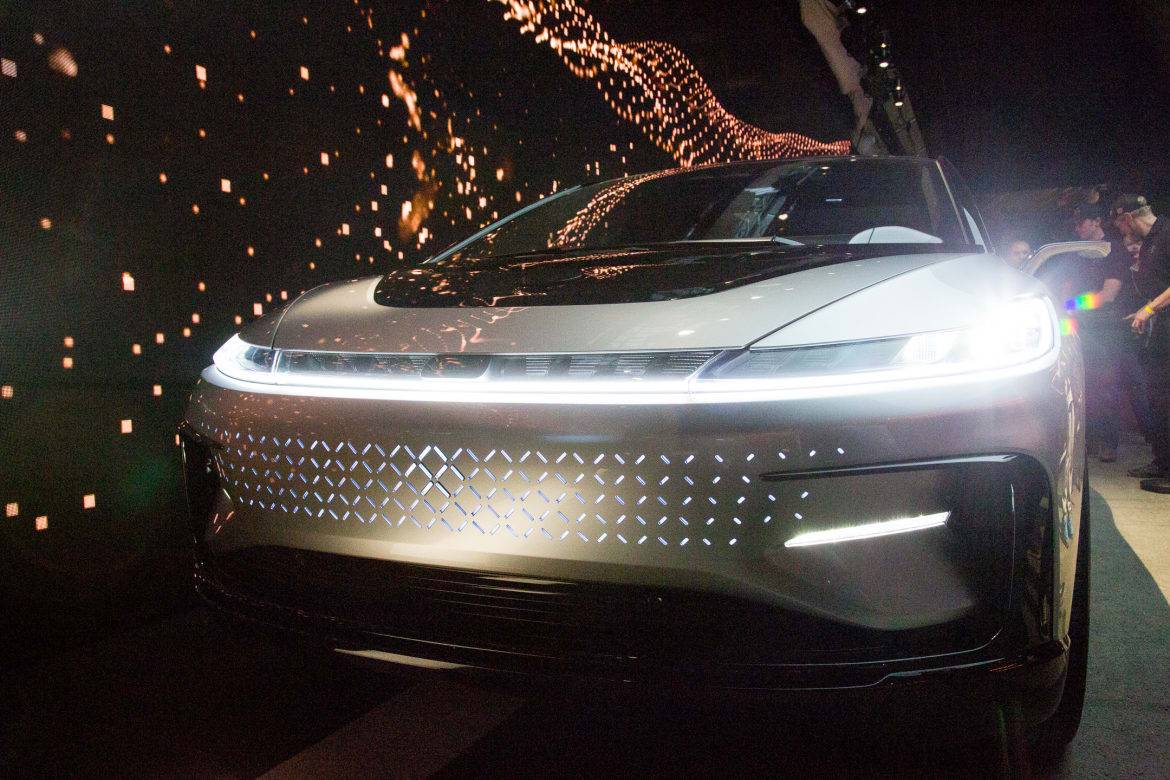

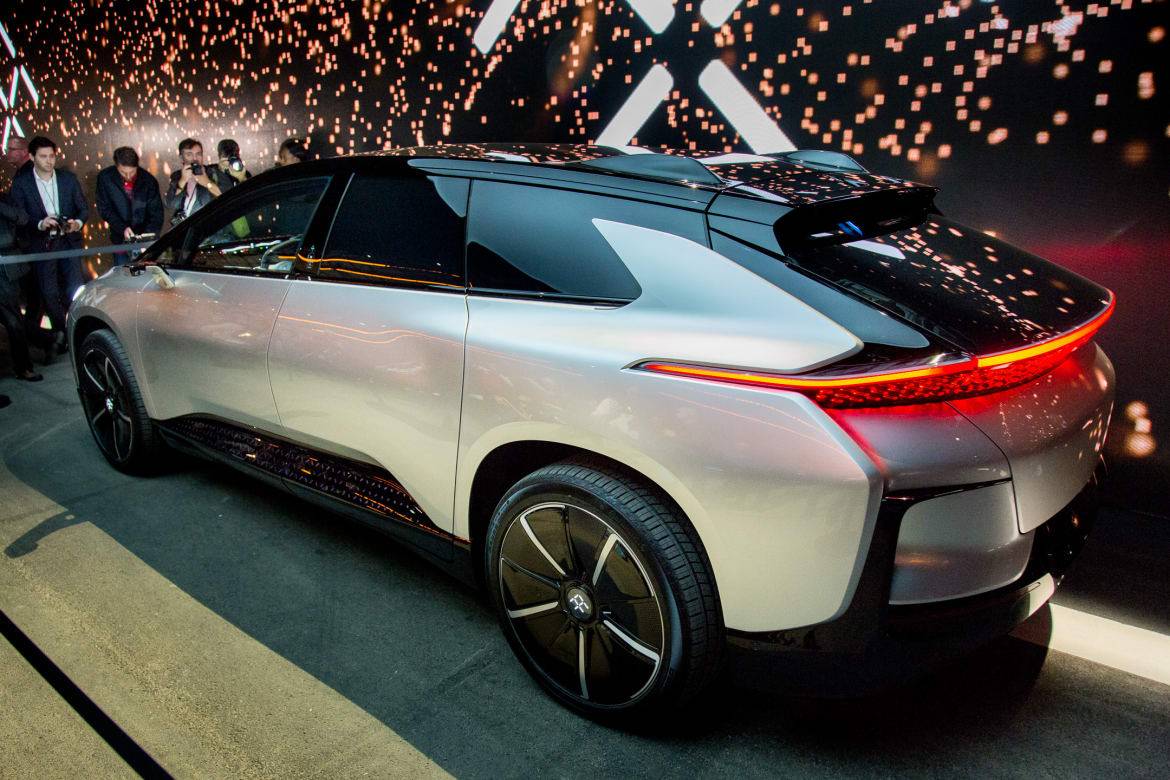
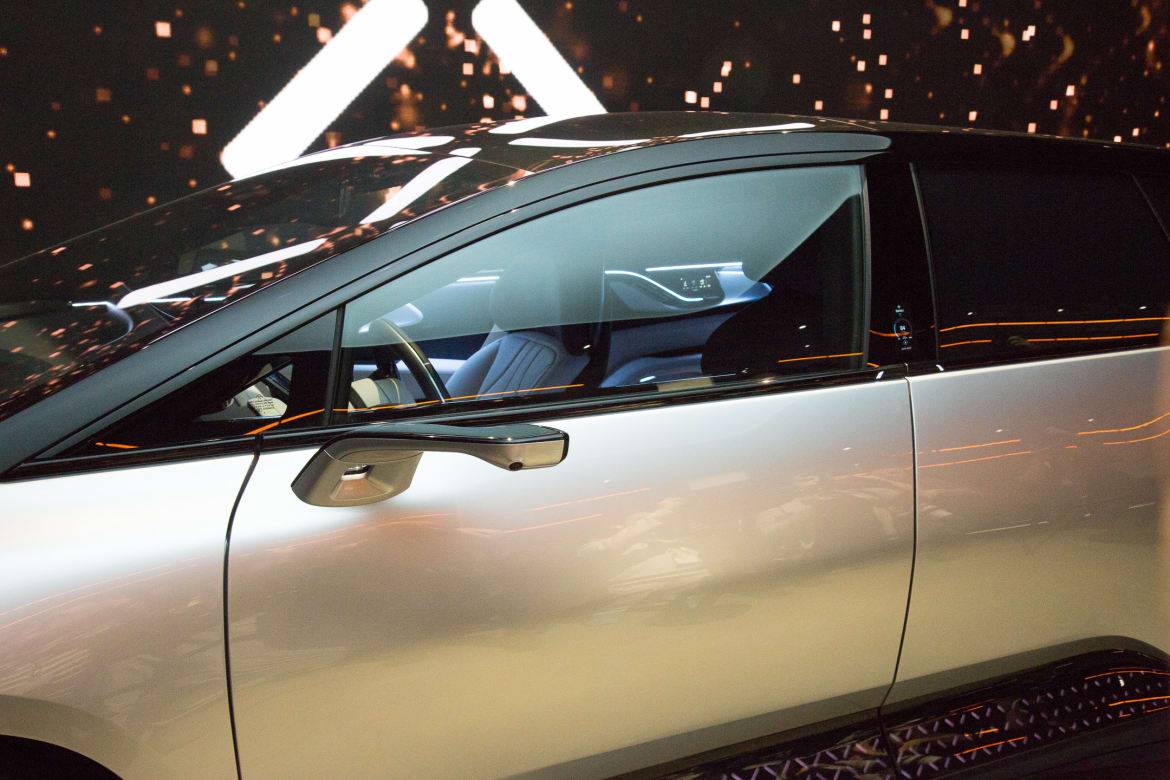
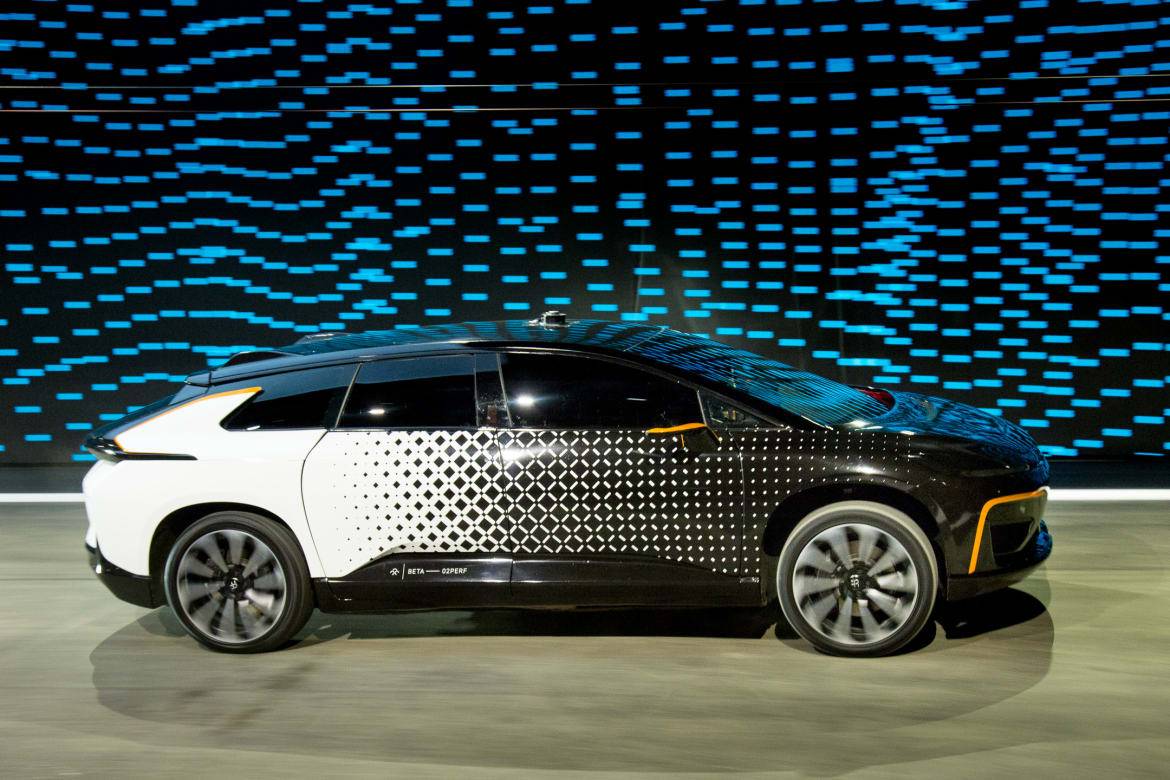
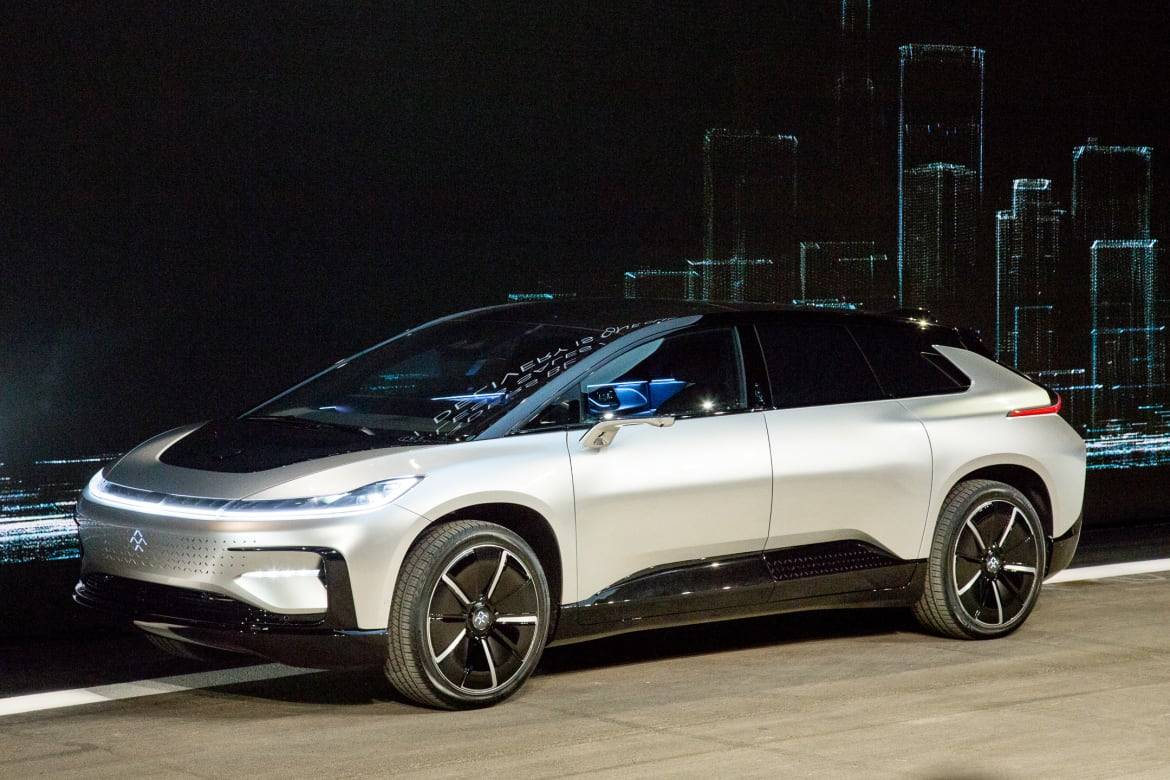
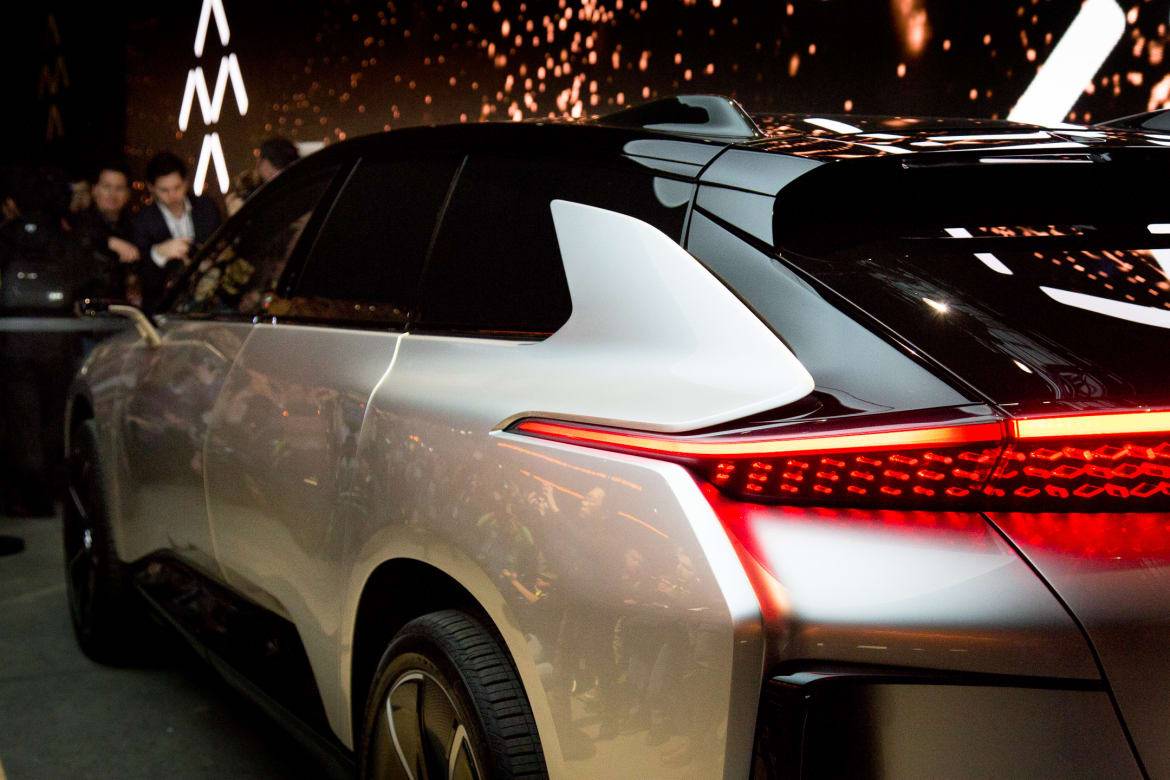

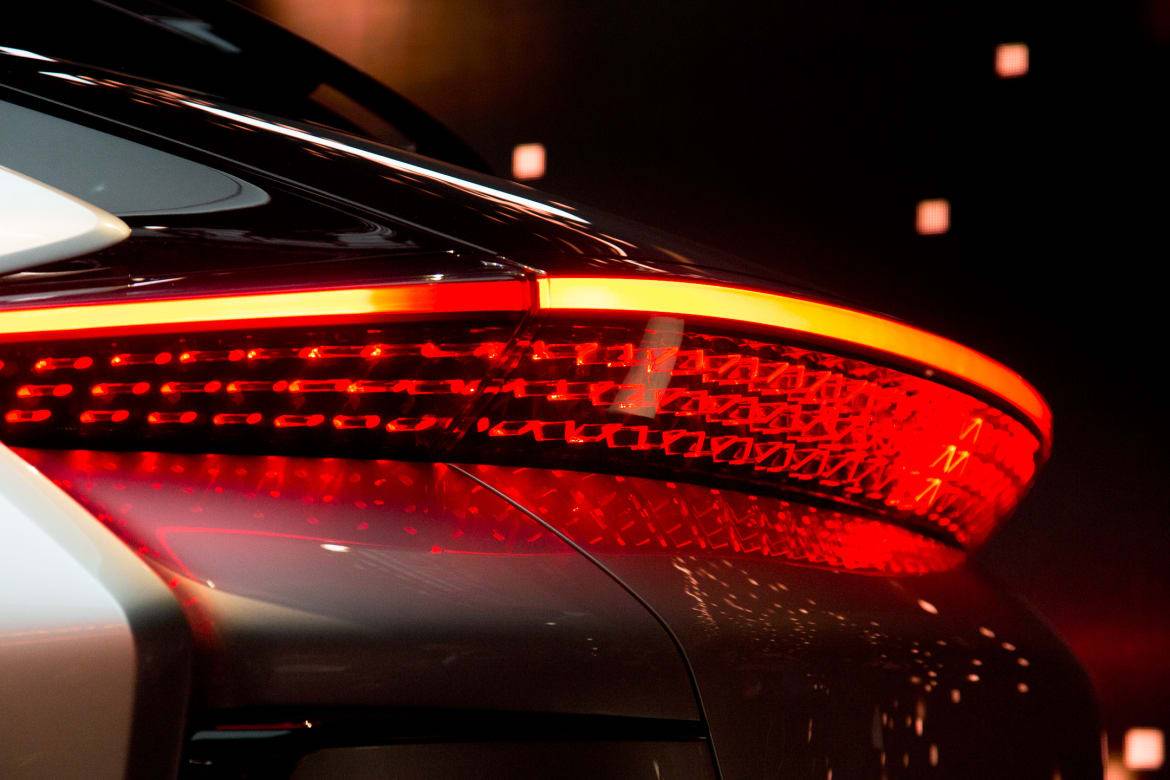
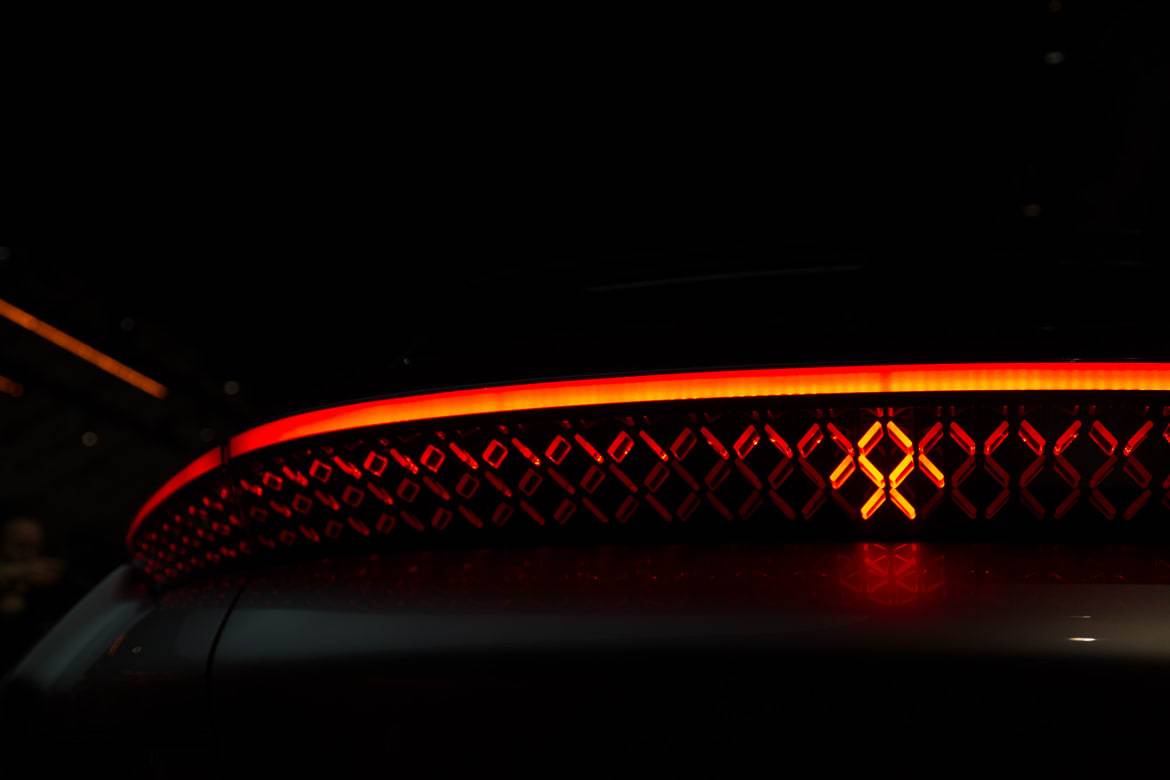

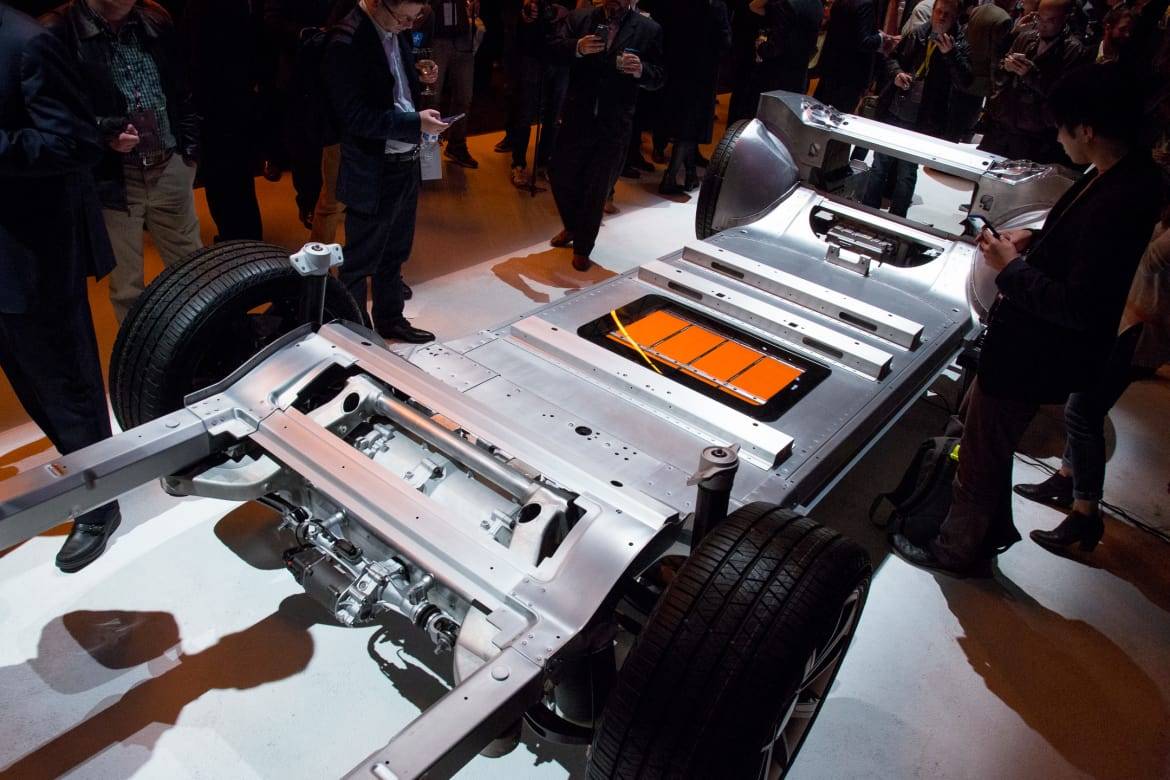
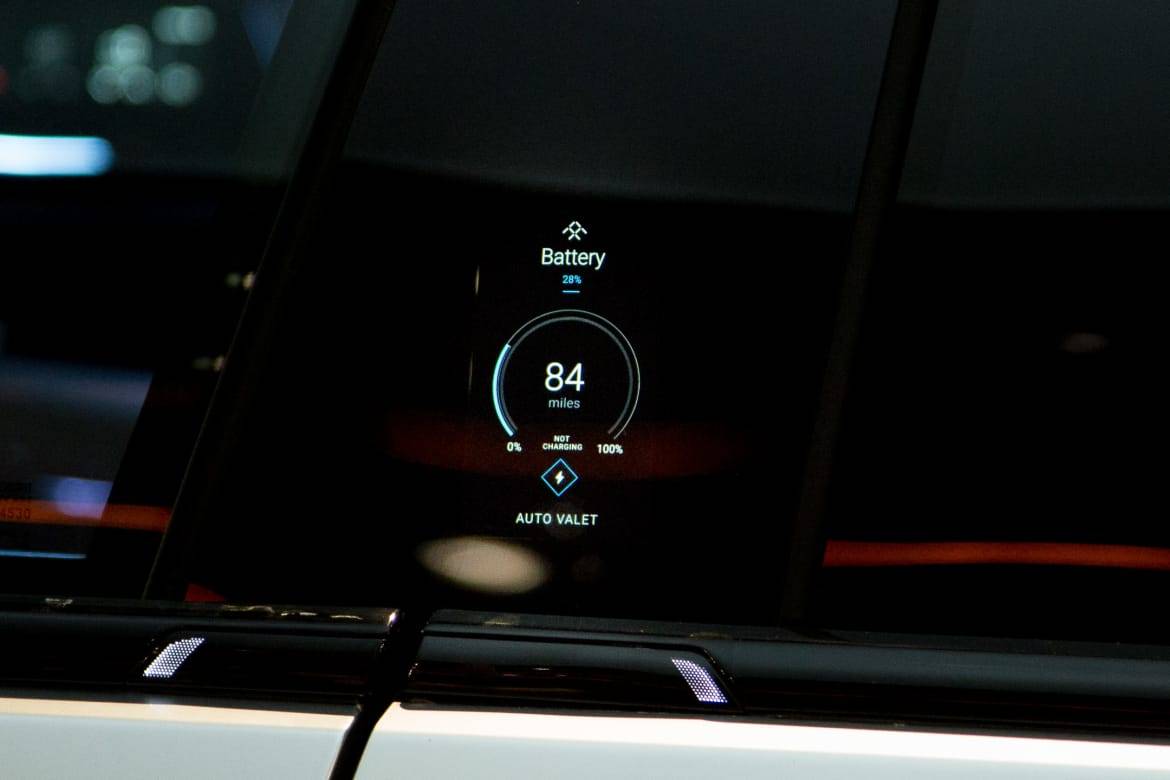
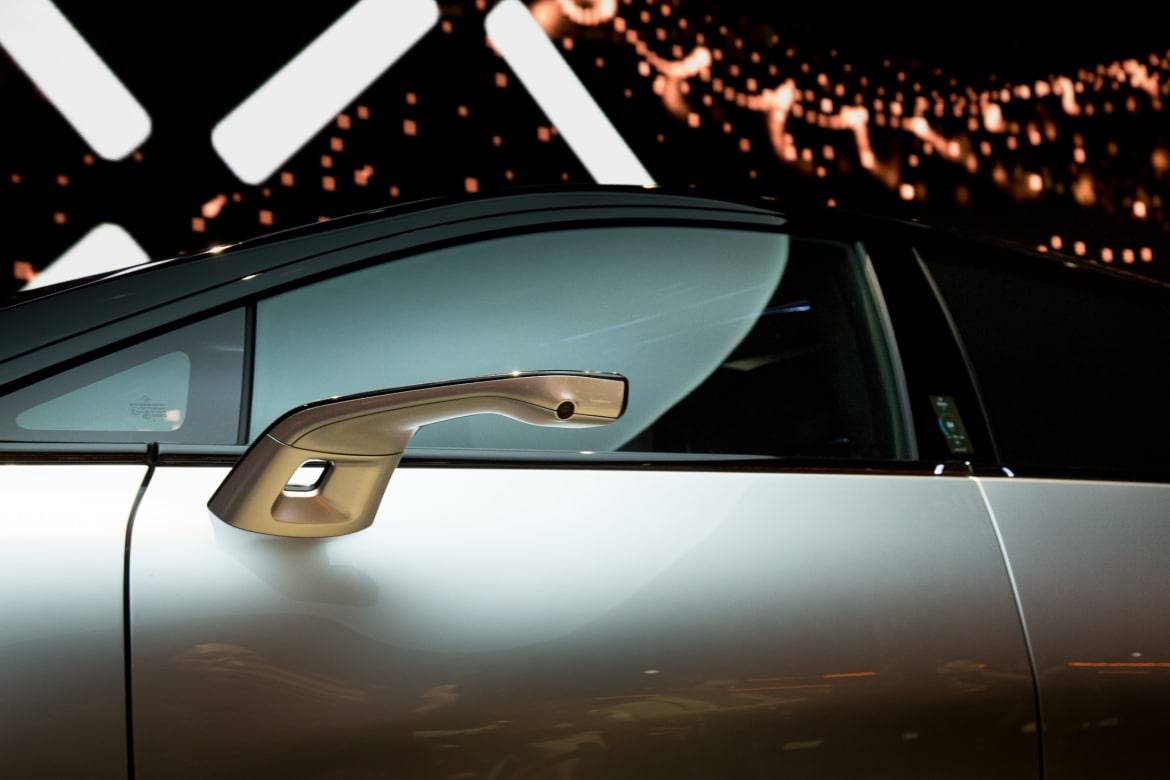
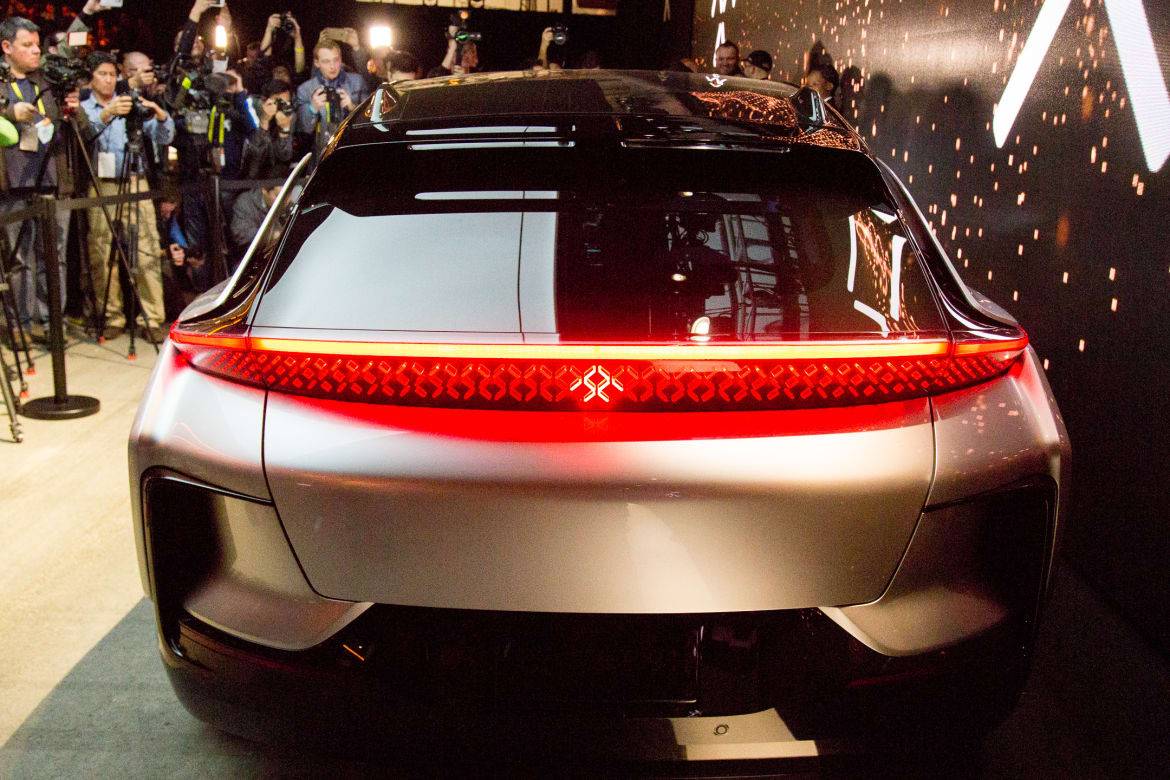






















Former L.A. Bureau Chief Brian Wong is a California native with a soft spot for convertibles and free parking.
Featured stories

























